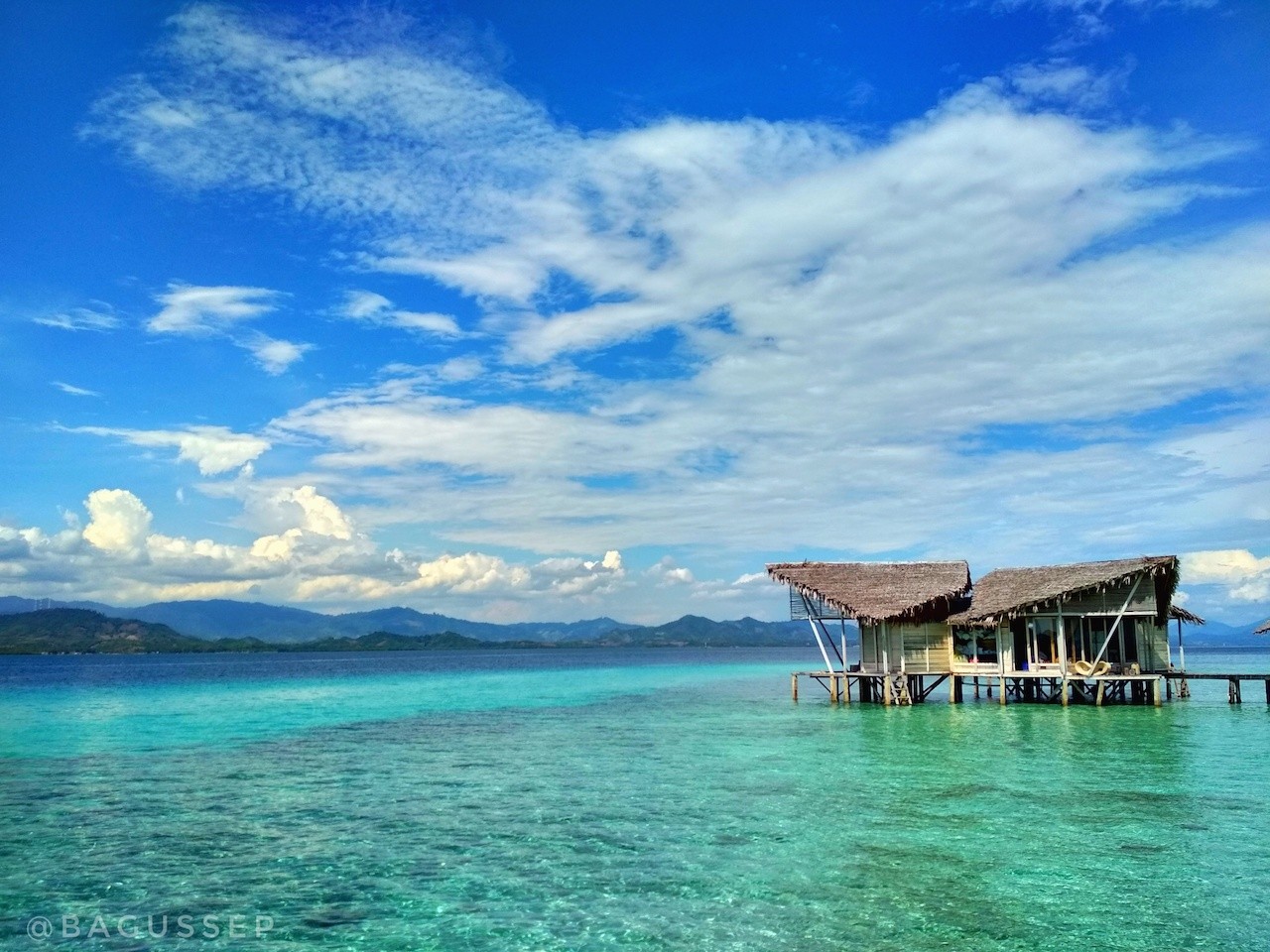Popular Reads
Top Results
Can't find what you're looking for?
View all search resultsPopular Reads
Top Results
Can't find what you're looking for?
View all search resultsMinistry highlights strategies to develop tourism
Change text size
Gift Premium Articles
to Anyone
T
he world's largest archipelago continues its push to increase the number of tourists to the country, with the government maintaining a close eye on the target.
The Tourism Ministry annually evaluates its strategy to reach the target of attracting 20 million foreign tourists and 375 million domestic tourists by 2020, the ministry's development and marketing first undersecretary, I Gede Pitana, has said.
"In 2012, the minister [Arief Yahya] did change the structure and several strategies to fulfill the [figures]," I Gde Pitana told reporters in Jakarta on Monday as quoted by kompas.com.
The official further laid out three steps to develop tourism in Indonesia.
1. Reducing transportation fees
The strategy is dubbed hot deals, which aims to reduce transportation fees when the market slows down.
Many industries are interlinked from the effects of a low season, when income reduces yet operation expenses continue nevertheless. The government will take advantage of this to reduce fees, Pitana said.
"There are 22,000 seats on a ferry from Singapore to Riau Islands, but during low season, only approximately 40 percent are filled. We want the remaining 60 percent to be sold at a cheaper price during the low season," Pitana said.
[RA::Indonesia eyes tourists from neighboring countrieshttp://www.thejakartapost.com/news/2017/12/28/indonesia-eyes-tourists-from-neighboring-countries.html]
Other attractions would also implement the approach, he went on, such as golfing in Bintan, which sits just across the Singapore Strait.
"If the accommodation, transportation and the tourist attractions are [offered] at a low price, cost could be reduced by 70 percent," Pitana said.
Citing an example of a hot deal for foreign tourists from Singapore, Pitana referred to a Rp 580,000 (US$41.2) golfing package in Bintan, which already includes ferry rides and accommodation.
"This is not a loss. Because, even when empty, [businesses] would still need to pay their employees. So, it is better to sell at a lower price than [have] zero intake," Pitana said.
2. Competitive Destination Model (CDM)
The CDM is realized online, where tourists worldwide are exposed to information on Indonesia.
"So, it works like this; if someone searched a waterfall in Baidu, they would get information on waterfalls in Indonesia," Pitana said.
Read also: Chinese tourists' favorite places in Indonesia
The approach is also applied on social media platforms, such as Instagram and Facebook.
3. Subsidy for foreign tourist
The final strategy is incentive sales, which are collaborations with charter plane companies and wholesale agencies for foreign travelers.
The company or agency that would bring foreign tourists to Indonesia for a specific reason would be subsidized, depending on the number of visitors and the length of their stay.
"The requirement is special charter flights and destinations other than Jakarta and Bali, because if it's [Jakarta and Bali], there's no need to subsidize because they are already crowded," Pitana said.
The strategy aims to increase the number of tourists, while subsequently stimulating the economy local communities. (liz/kes)







